Speaker
Description
Using data collected in pp collisions at √s = 13 TeV with the ALICE detector during the Run 2 period of the LHC, the femtoscopy technique has been successfully employed to extend the boundaries of known hadron-hadron interactions into the S = -3 sector and to initiate studies of charmed and three-body systems. The key element of these analyzes is the assumption of a common particle emitting source whose size scales with the average transverse mass (mT) of the pair. This assumption has been confirmed in high multiplicity pp collisions, particularly with p–p and p–Λ pairs. It was shown that both pairs are emitted from a source with the same core radius, which is increased to an effective source radius by the decay of short-lived resonances feeding into the pair yield. The Run 3 data-taking period of the LHC, which started in the summer of 2022, will significantly boost the amount of data due to the upgraded ALICE detector and the dedicated triggers. This will allow to advance the precision studies of hadron-hadron interactions even further. For that, a precise control over the particle emitting source is necessary, which can be achieved with a more differential measurement of the mT scaling. In 2022 alone the ALICE experiment collected the largest minimum bias dataset in its history, consisting of roughly 600 Billion events. This provides for the first time the opportunity to study differentially the mT scaling as a function of multiplicity. In this contribution we present preliminary results of the effective source sizes of p–p pairs differentially in multiplicity and mT, which were obtained by analysing all the available MB pp data from the 2022.

